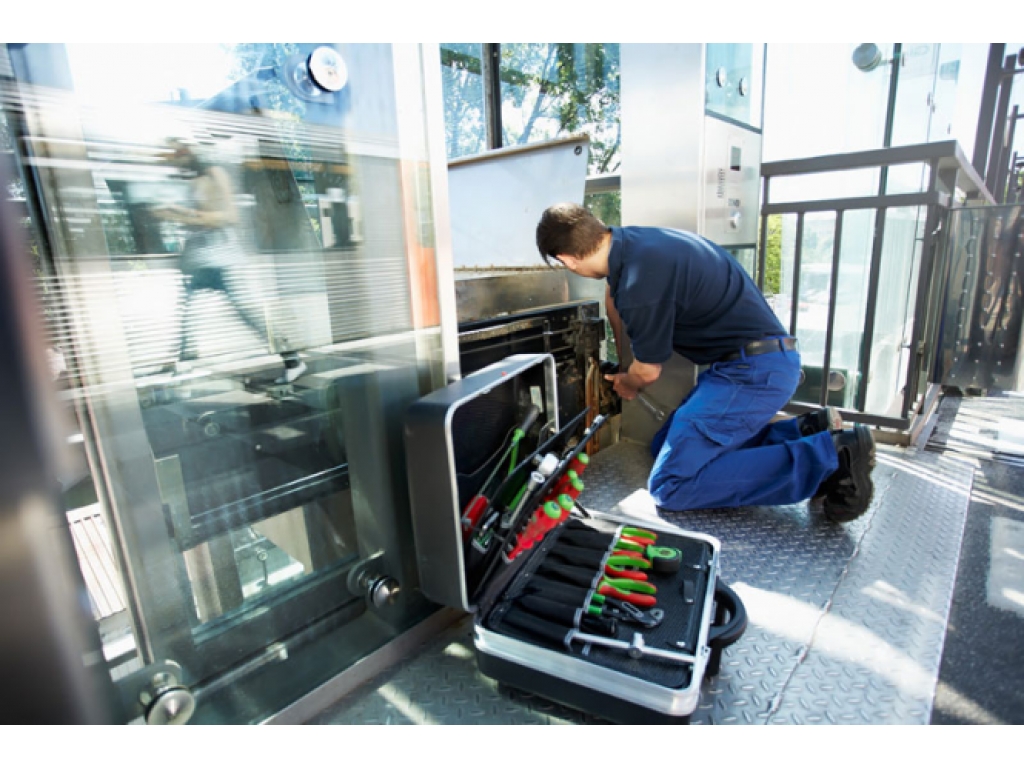Efficient Lift Breakdown Solutions: What to Get Out Of Top Lift Repair Providers
Efficient Lift Breakdown Solutions: What to Get Out Of Top Lift Repair Providers
Blog Article
Lift Maintenance Repair
Elevator Suite Britannia Street Tividale B69 2PG
01926 266127
A Thorough Strategy to Enhancing Efficiency Via Strategic Lift Repair Techniques
In the realm of facility management, the efficiency and reliability of lifts play a vital function in making certain seamless procedures. A systematic and calculated technique to raise repair work and maintenance is vital to optimize efficiency and decrease downtime. By resolving usual lift issues, implementing positive maintenance actions, and establishing targeted repair strategies, centers can enhance their lift systems to run at peak efficiency degrees. Nonetheless, the key to accomplishing continual improvement hinges on making use of data-driven insights to educate decision-making processes and drive constant improvement. This thorough approach to enhancing lift efficiency through strategic repair work approaches holds the assurance of not only enhancing operational efficiency however additionally extending the life-span of lift systems.
Significance of Lift Performance Optimization
Comprehending the value of maximizing lift efficiency is important for ensuring effective and trusted upright transport systems in different structures and frameworks. Lifts are important components of modern facilities, giving vertical movement for occupants and items within structures of varying elevations. By optimizing lift performance, building proprietors and center supervisors can boost individual experience, improve energy performance, and increase general operational efficiency.
Effective lift performance optimization includes numerous factors, consisting of rate, capacity, power usage, maintenance, and safety needs. Effectively optimized lifts can reduce wait times for customers, particularly in high-traffic structures, bring about boosted satisfaction and productivity. Additionally, maximized lifts add to power savings by using innovative control systems and technologies that minimize power intake without endangering performance.

Identifying Common Lift Issues
Determining typical lift problems is important for maintaining the operational efficiency and security of vertical transportation systems in buildings. Recognizing these issues can help protect against breakdowns, reduce downtime, and extend the life-span of the lift tools. One usual issue that structure managers and upkeep groups typically experience is uneven or jerky activities throughout operation. This concern can be a sign of issues with the lift's motor, control system, or perhaps the placement of the lift auto.
One more widespread lift concern is unusual noises emanating from the lift shaft or equipment room. These sounds can vary from grinding or scraping audios to loud clunking noises, all of which may indicate underlying mechanical issues that need immediate attention. Additionally, regular door malfunctions, such as doors closed or closing effectively, can interfere with the smooth circulation of passengers and posture security threats.
Implementing Proactive Upkeep Steps
To enhance the performance and long life of lift systems, aggressive maintenance measures play a vital function in ensuring operational dependability and safety. lift service company. Implementing proactive maintenance involves methodically examining, servicing, and repairing elements prior to they fail, thus avoiding costly downtime and potential security risks. Frequently set up evaluations can aid identify minor issues before they rise into major problems, ultimately expanding the life expectancy of lift systems
One trick facet of proactive upkeep is developing a comprehensive upkeep routine based on supplier recommendations and industry finest practices. This schedule needs to outline jobs such as lubrication, positioning checks, and element replacements at defined periods. Furthermore, applying condition surveillance strategies, such as vibration analysis and thermal click for more imaging, can assist discover very early signs of wear or malfunction.
Furthermore, training upkeep team on proper inspection methods and preventive maintenance procedures is essential for the effective execution of proactive maintenance measures. By promoting a culture of positive upkeep within an organization, lift systems can operate at peak performance levels, lessening disruptions and making sure the safety and security of customers.
Establishing Targeted Repair Work Plans
Upon assessing the upkeep documents and performance information, the design group can establish targeted repair service plans to resolve details issues and maximize lift system performance. These repair service plans are tailored to the identified troubles, guaranteeing that sources are focused on resolving vital concerns successfully. By prioritizing repair work based upon their influence on efficiency and security, the targeted repair strategies aid minimize downtime and upkeep expenses while making best use of the lift system's reliability.
Creating these plans includes a detailed analysis of the lift system elements, including motors, cords, brakes, and control systems. With this in-depth analysis, the engineering team can identify the origin causes of any breakdowns or destruction in More hints performance. This information is then made use of to develop a roadmap for the repair work process, laying out the required steps, timeline, and sources called for to address each concern efficiently.
Furthermore, targeted repair service strategies might include preventative procedures to enhance the lift system's longevity and efficiency. By proactively dealing with possible concerns prior to they escalate, these plans add to the overall performance and safety and security of the lift system.
Utilizing Data-Driven Insights
Taking advantage of the power of data-driven understandings is critical in maximizing lift system efficiency and upkeep efficiency. These anticipating maintenance strategies assist avoid unexpected malfunctions, reduce downtime, and extend the lifespan of lift systems.

Final Thought
Finally, enhancing lift efficiency is essential for making certain performance and safety and security in buildings. By determining typical lift problems, executing aggressive maintenance actions, creating targeted repair strategies, and making use of data-driven understandings, organizations can enhance efficiency and decrease downtime. It is very important to take an extensive approach to lift repair work methods to maximize operational effectiveness and make sure the durability of lift systems.
By dealing with common lift issues, executing aggressive upkeep procedures, and developing targeted fixing strategies, facilities can maximize their lift systems to run at peak efficiency degrees.One more common lift problem is strange sounds rising from the lift shaft or equipment space.Upon evaluating the discover this upkeep records and efficiency information, the design team can establish targeted repair work strategies to enhance and deal with specific concerns lift system functionality. By focusing on fixings based on their impact on performance and safety and security, the targeted fixing plans help decrease downtime and maintenance costs while taking full advantage of the lift system's reliability.
It is important to take a thorough approach to lift fixing strategies to make the most of functional efficiency and ensure the durability of lift systems.
Report this page